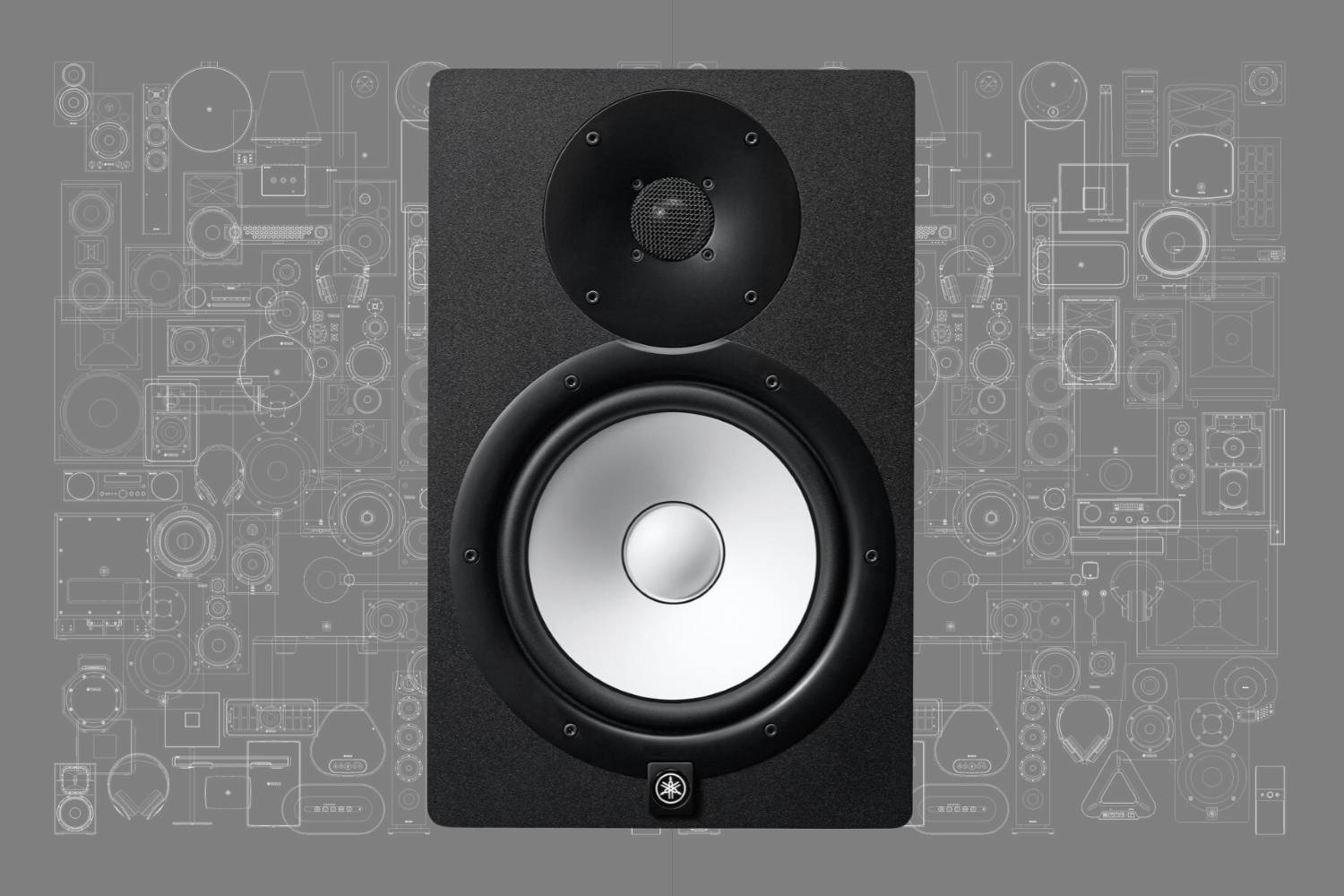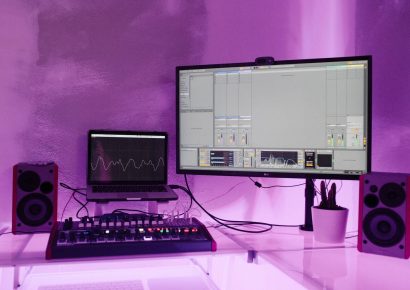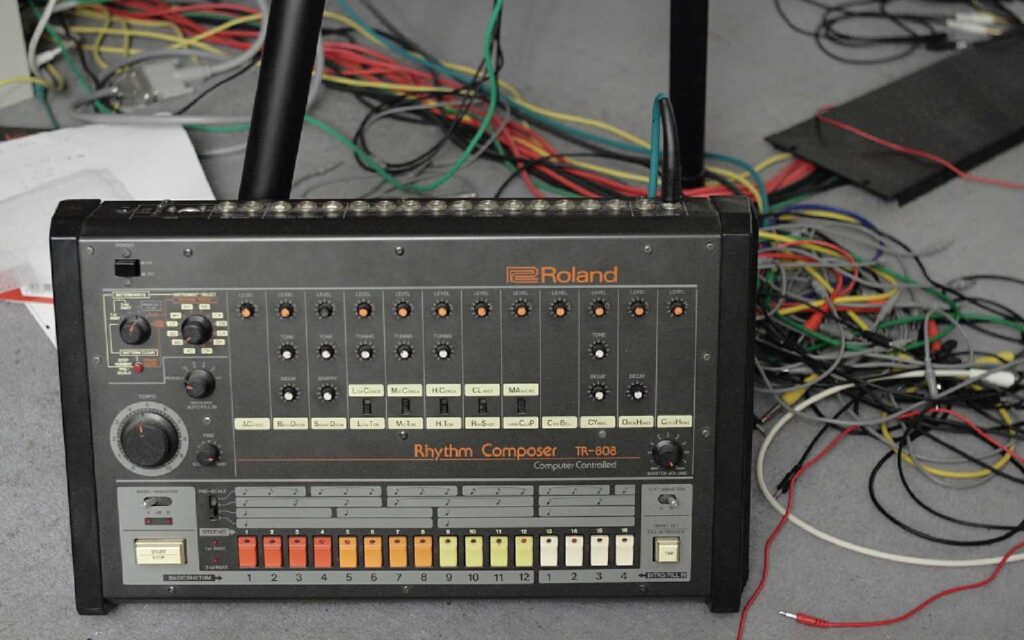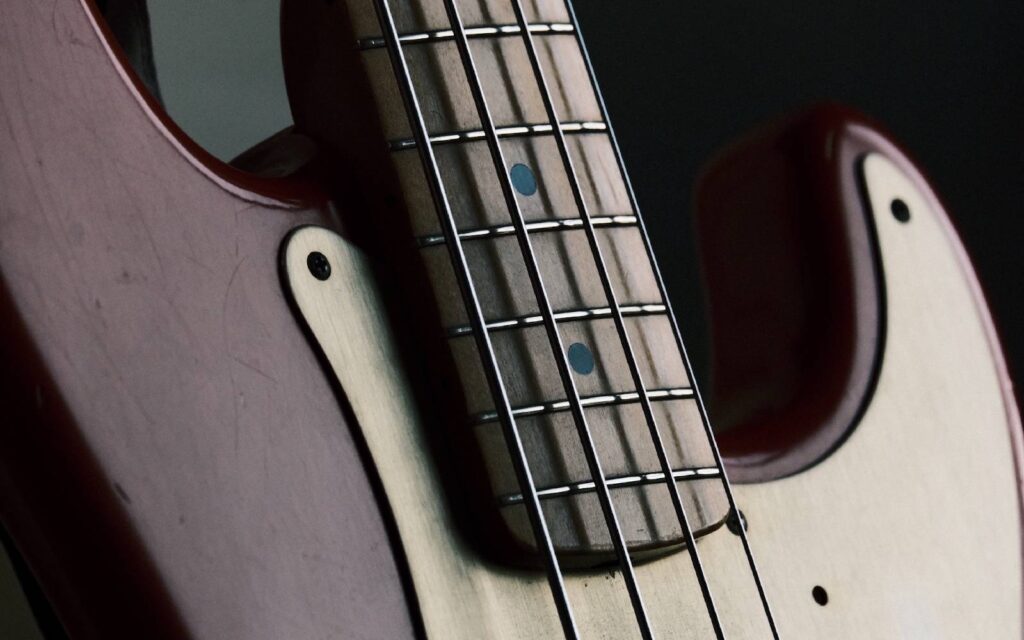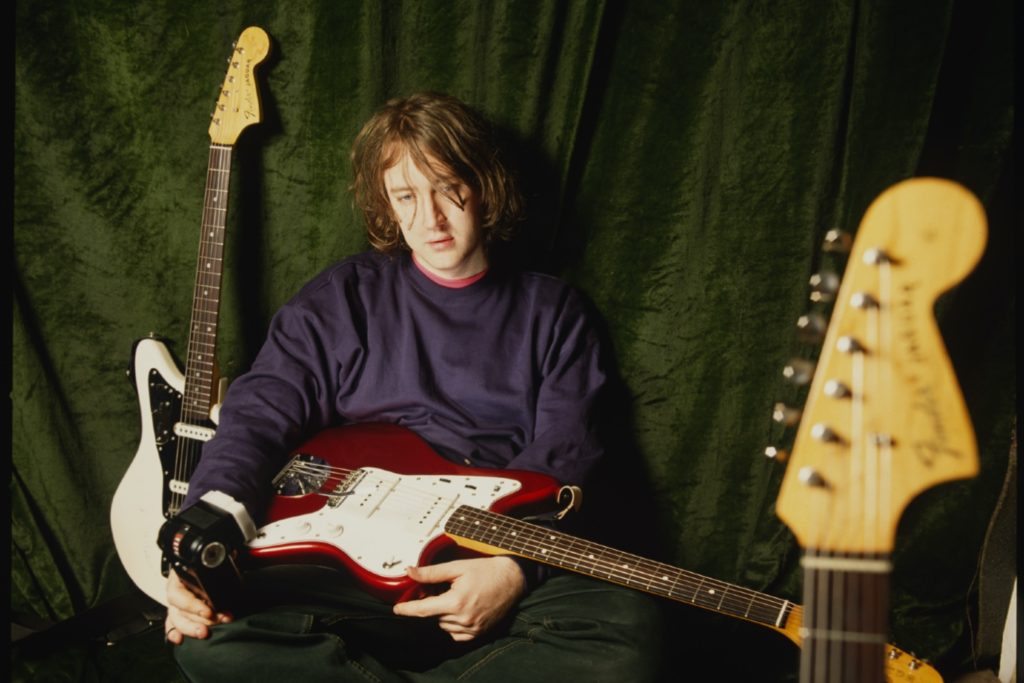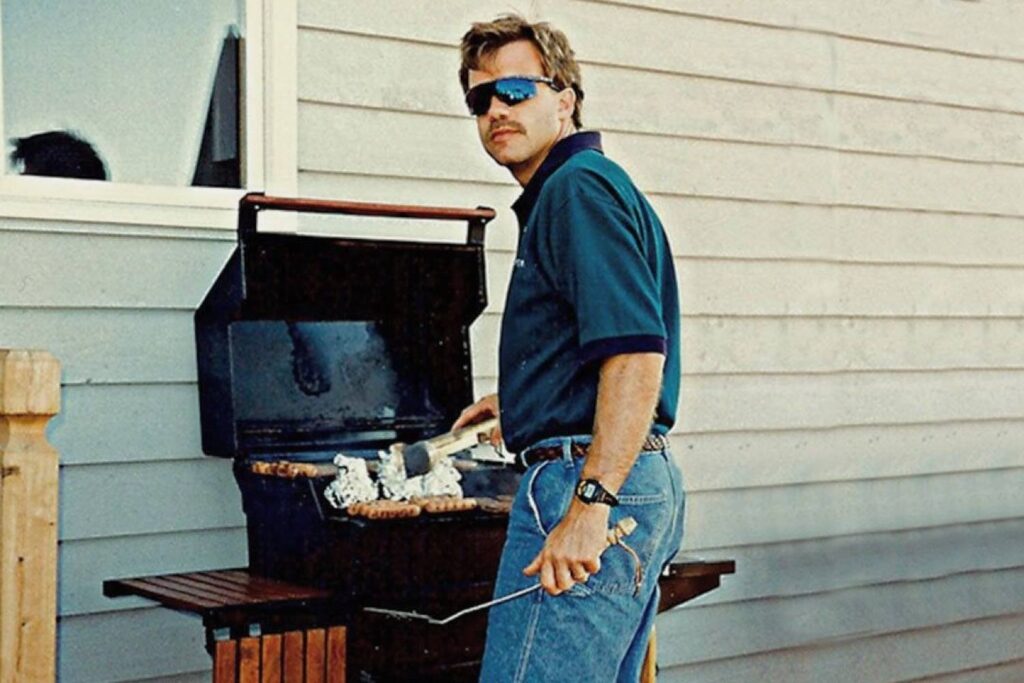A response to the discontinuation of the NS-10.
Of all the brands and models inhabiting the broader loudspeaker market, few have as diverse and balanced CV as Yamaha and the Yamaha HS Series.
From their historical dominance in home theatre and hi-fi, through to their highly respected Public Address systems (the brand’s Sound Reinforcement Handbook is still considered the bible on all things FOH) and of course, their recent successes in installed products and commercial systems, the brand has always enjoyed a stellar reputation in the professional space, irrespective of whichever branch of the Audio tree they are inhabiting.
Yamaha studio monitors
Founded by Japanese businessman/Engineer Torakusu Yamaha in 1889 as a manufacturer of reed organs, the brand have managed to simultaneously remain at the top of every major sub-sect and bloodline within loudspeaker design since their early ’60s foray into Hi-Fi and haven’t looked back.
Read up on all the latest interviews, features and columns here.
Rest assured, if it has drivers and involves a power amp of any kind, then the sight of a Yamaha logo (three intersecting tuning forks to denote the brands commitment to music) comes as a welcome sigh of relief. They are the benchmark for utilitarian and unpretentious excellence in the field.
But of all Yamaha’s successes in the broader loudspeaker market, it is indeed their studio monitors that occupy a very special place, not just in the brand’s history but also further afield, in the hearts and minds of the army of aspiring recording engineers who have cut their teeth on Yamaha’s exceptional nearfield offerings.
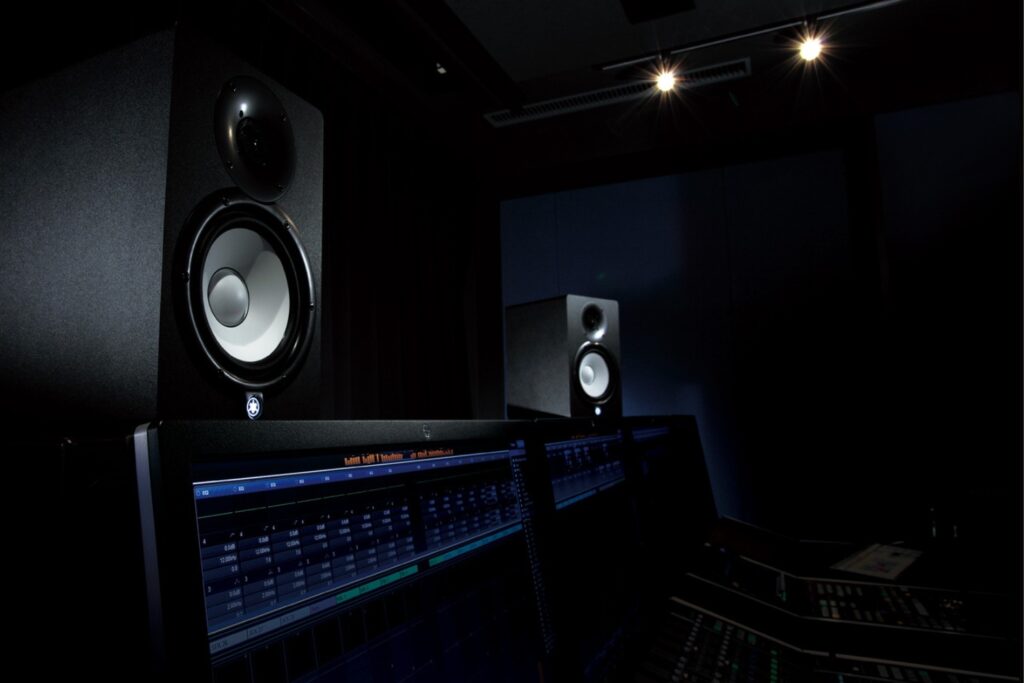
The iconic white drivers and noir, angular enclosures have become a shorthand for reliability in the nearfield, from their earliest days in the recording studio, right through to the current generation of highly acclaimed HS series monitors.
This history is extremely important in the case of Yamaha, and to really understand the brands legacy as a Monitoring powerhouse, you must first go back to that first big bang moment, back in 1978, when Yamaha would inadvertently create the most iconic and influential Studio Monitor of all time, the venerable NS-10.
Yamaha NS10
The unported, exceptionally quick NS-10 was an absolute game changer in every sense of the word, and ushered in a wave of mobile and home recording practices, at a time when the process of tracking and mixing an album primarily took place in large purpose built facilities, with large purpose built monitors operating in the mid and far-fields.
At this point in history, records would generally be shaped on full range, 3-way systems (ie they featured a HF tweeter, Mid range driver and LF woofer in the same cabinet) and once a mix had been crafted on these larger in-house speakers, it was commonplace for this mix to then be cross-referenced on a set of smaller, consumer grade speakers to get a feel of how these mixes would then translate into listening contexts beyond that of the elite studio environment.
It was with this task in mind that a handful of American engineers would start importing the NS-10 from its native Japan and inadvertently change the course of monitoring forever, as the obscure little Japanese Hi-Fi speakers proved to be much more of a ‘mix-worthy’ monitor than anyone had first intended.
It didn’t take long for the NS-10 to catch on and become the industry standard for studio, in the process inventing the concept of ‘nearfield monitoring’ as we now know it and pioneering many of the professional and home recording workflows that we know use today.
The secret to the Ns-10’s success has been well documented and is at the heart of Yamaha’s studio ethos. For one, it’s narrow yet pure frequency range made them an ultimate signifier of mix quality, with an ability to uncover a multitude of sins in the all important middle frequencies, that would remain unheard on more forgiving speakers.
The other important aspect of the NS-10, was the incredibly fast transient response that the lightweight drivers and unported, enclosed designed offered in the time domain. This made the NS-10 arguably the greatest monitor of all time for dynamic and timbral processing and made it the controlled variable, to beat all controlled variables. To this day, every professional studio worth its weight in salt has a set of NS-10’s somewhere in its itinerary, such as how ubiquitous and trusted an institution these speakers have become.
Sadly though, all things must pass and in the case of the NS-10, this happened in 2001 when it became too difficult to source the specific tree, required to make the pulp for the cardboard LF drivers, thus rendering the studio legend discontinued.
Luckily though, Yamaha didn’t miss a beat, introducing the HS series a couple of years later and distilling the lion’s share of what made the NS-10 great (elite mid-range clarity, exceptional recoil speed etc) and distilling it into a Yamaha nearfield for the active generation.
Today, the powered HS series offers the same port-less, enclosed design and incredible transient response characteristics as it’s ancestor but with a new, more reliable (and easier to source) low frequency driver, while also sharing the same iconic aesthetic as the Yamaha classics of old.
In the time since the NS10’s heyday, music has become increasingly more full frequency, with increasingly bass heavy genres and a move towards higher definition audio, across the board. Taking these considerations into account, the latest incarnation of the HS Series has adapted perfectly, with newly designed, ultra-responsive woofers that utilise large, carefully selected magnets, and produce a low distortion sound with a well-defined bottom end at any output level.
All of the components in the range include this new high-powered woofer technology as well as top shelf components, including a premium quality woofer ring and basket, which in turn only adds to the Yamaha HS Series’ stunning bass response, all the while, also providing clear and accurate mids further up the frequency spectrum.
They are also much easier to source and replace than the notorious NS-10 woofers in turn meaning, more consistency between units and a longer product life. As it stands the Yamaha HS series has almost surpassed the NS10’s entire life cycle already, and are showing no signs of slowing down, having already grown to being something of an industry standard in their own right.
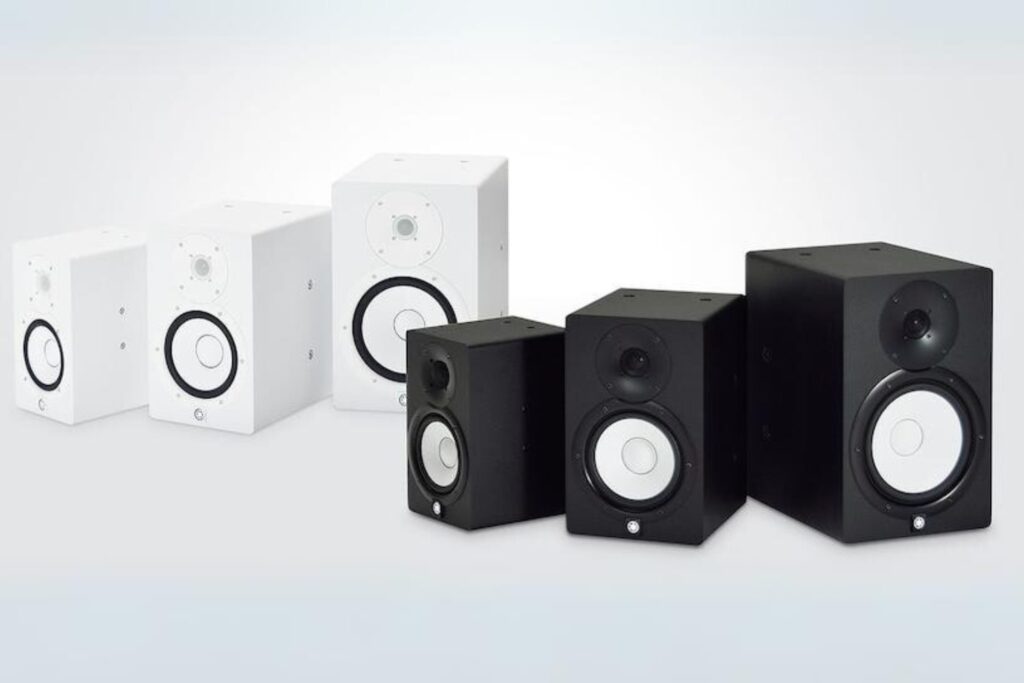
In terms of high frequencies, the highly efficient 1″ dome tweeter extends the usable frequency range considerably as well, utilising a thick wave guide designed to minimise vibration. The design on the new tweeter allows for the modern Yamaha HS series to be able to pull off the awesome party trick of delivering smooth, distortion-free high end all the way up to 30 kHz, which is no easy feat.
Yamaha HS8, HS7 & HS5
Available in 8, 7 and 5-inch variants (HS8, HS7 and HS5 respectively), there is a HS monitor for almost every application or control room setup, with the flexibility in sizing and a consistency across HF drivers that makes them an awesome option for potential immersive mix applications as well.
The addition of the HS8S (an 8″ bass-reflex powered subwoofer) can also extend your systems range all the way down to 22hz which is a welcome sight for anyone who grew up trying to figure out what sub to pair with their NS10’s.
The minimal cost and time required to get a powered HS nearfield/HS8S sub combination up and happening (and the consistency of output this provides across the frequency spectrum), is probably one of the handiest little hacks in audio, especially for anyone looking to get into sound design and post work.
All in all, the HS series provides an awesome example of how to modernise a classic the right way. By exhibiting a thorough understanding of what it is that made the NS-10 great in the first place and then expanding on the original’s technical capabilities in a way which works in the context of where music (and monitoring) are at right now. If the original NS10 is Sean Connery, then the HS stuff is Daniel Craig, it’s as simple as that.
For more information on Yamaha’s HS series, head to their website.
